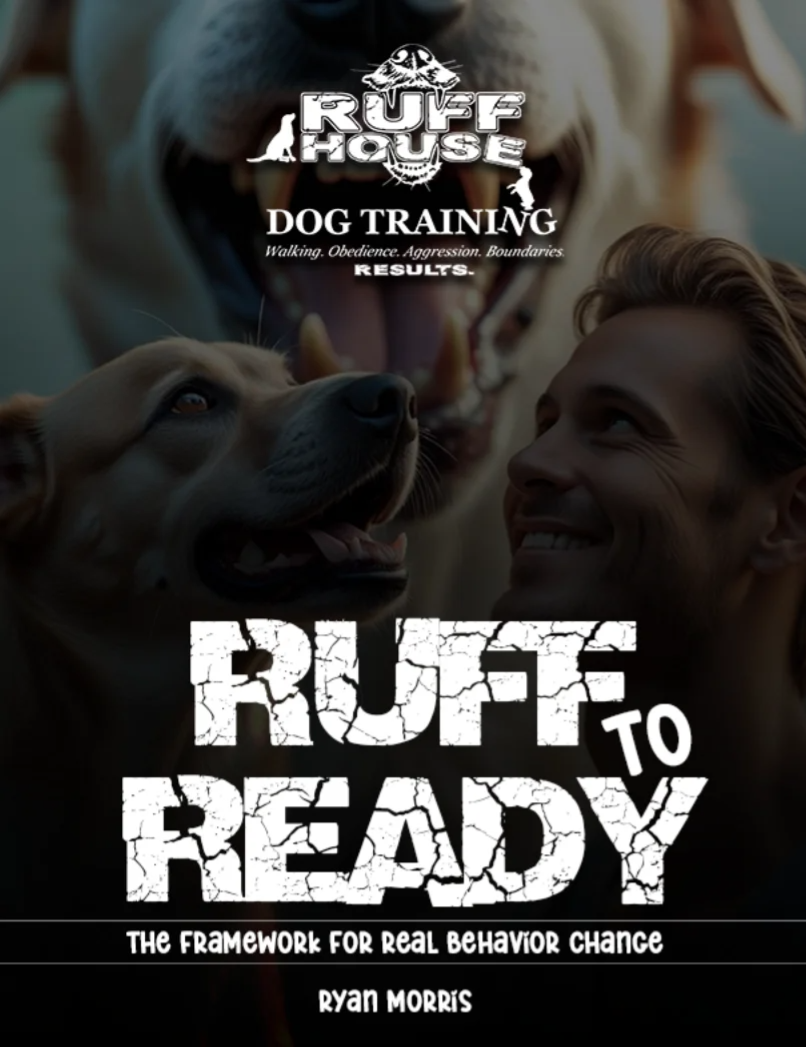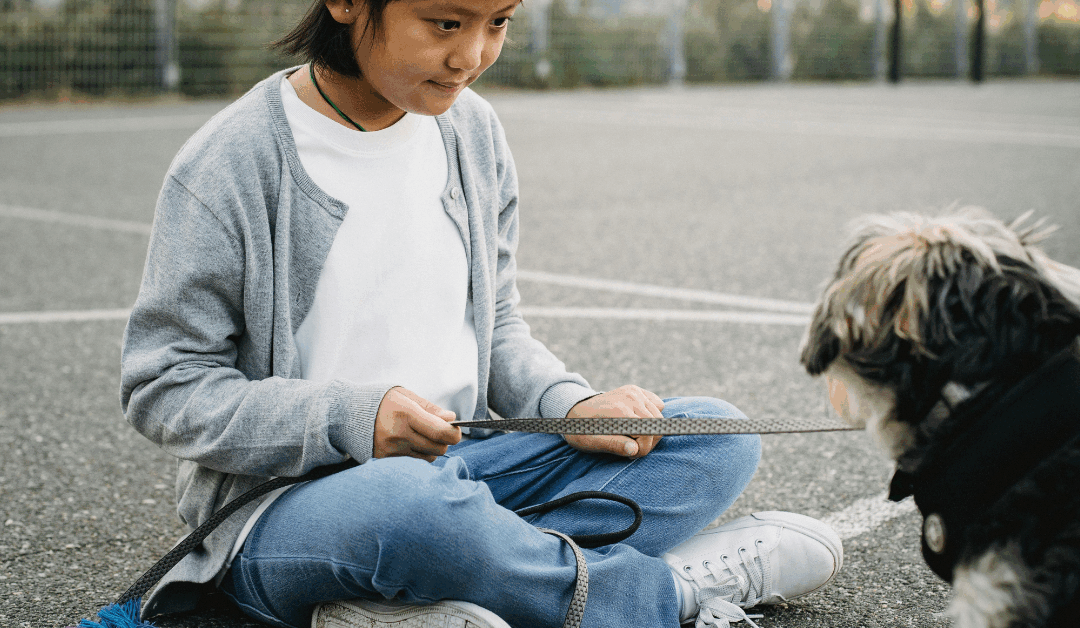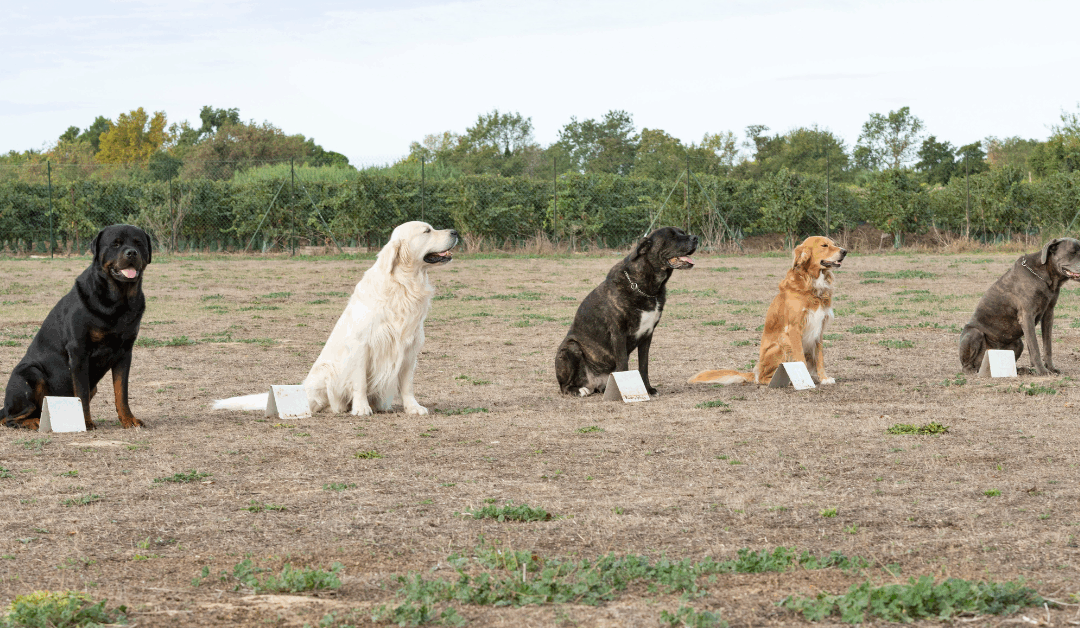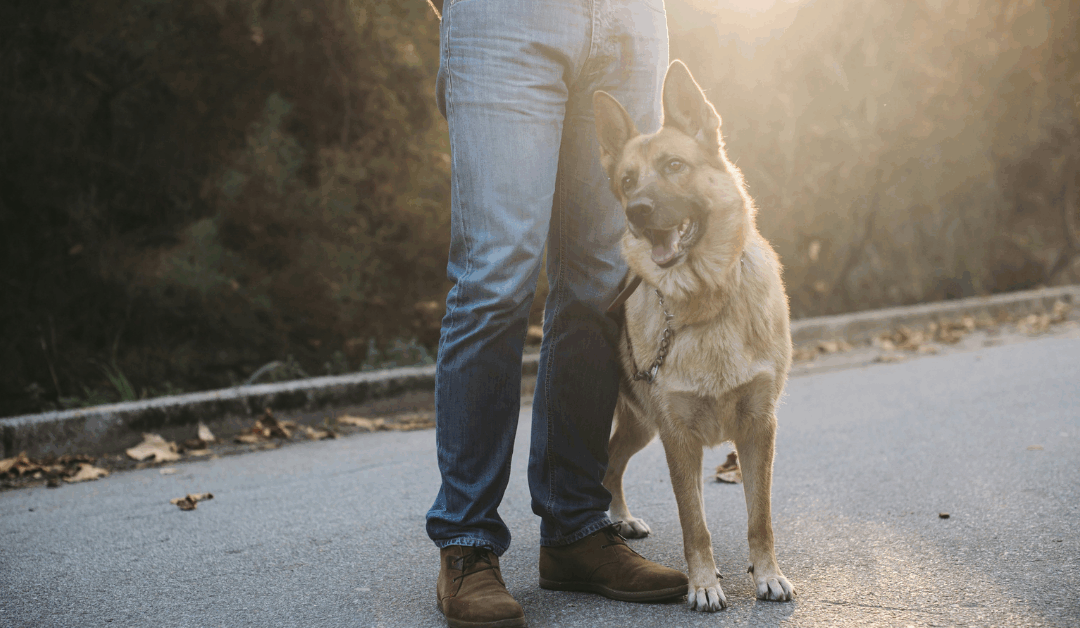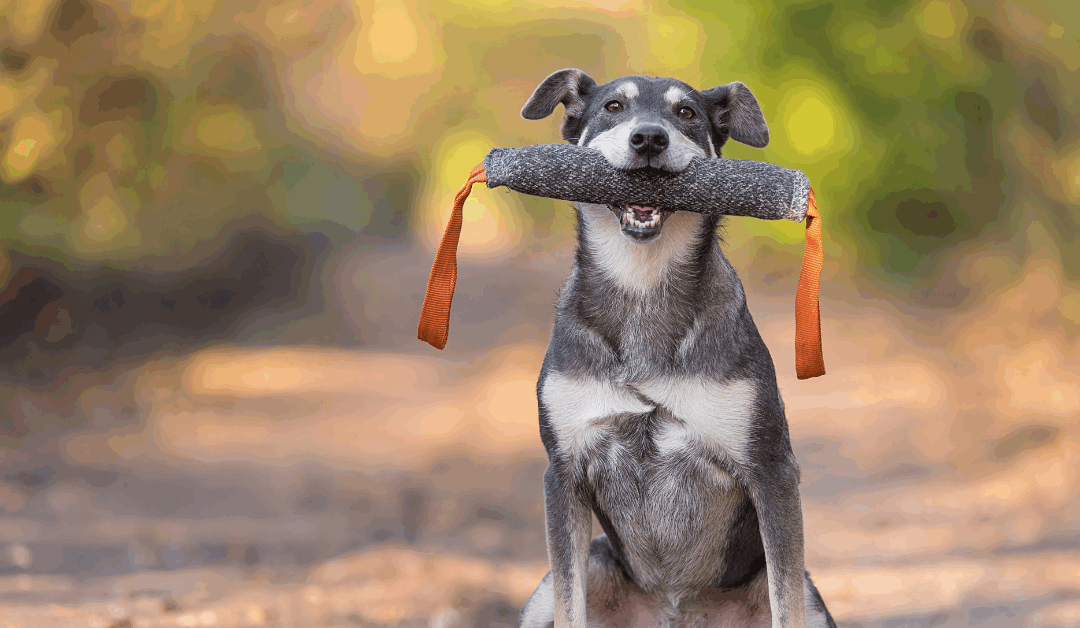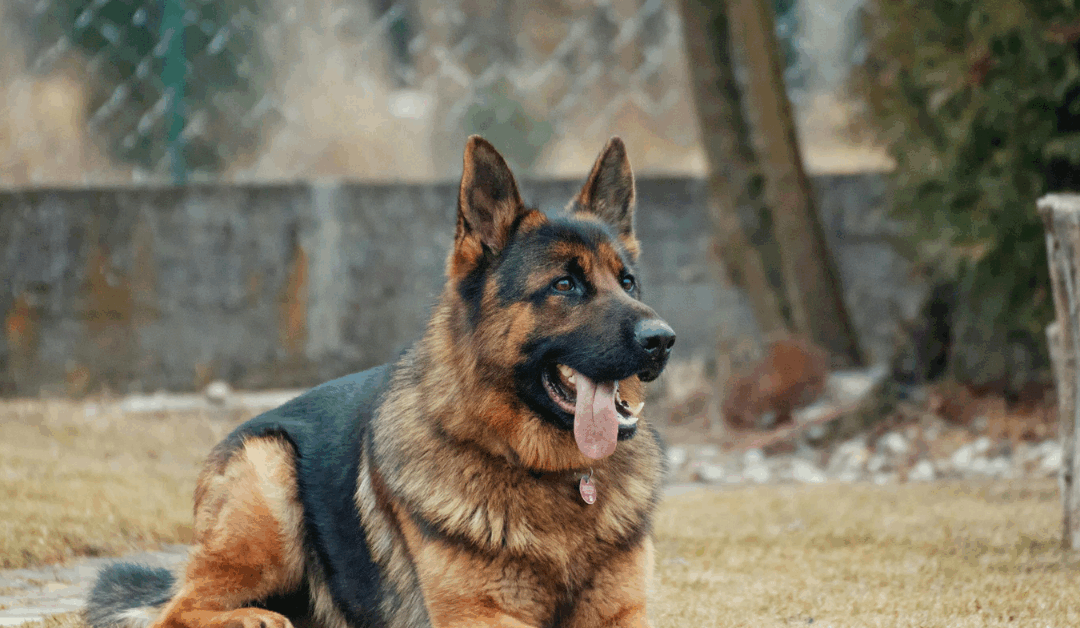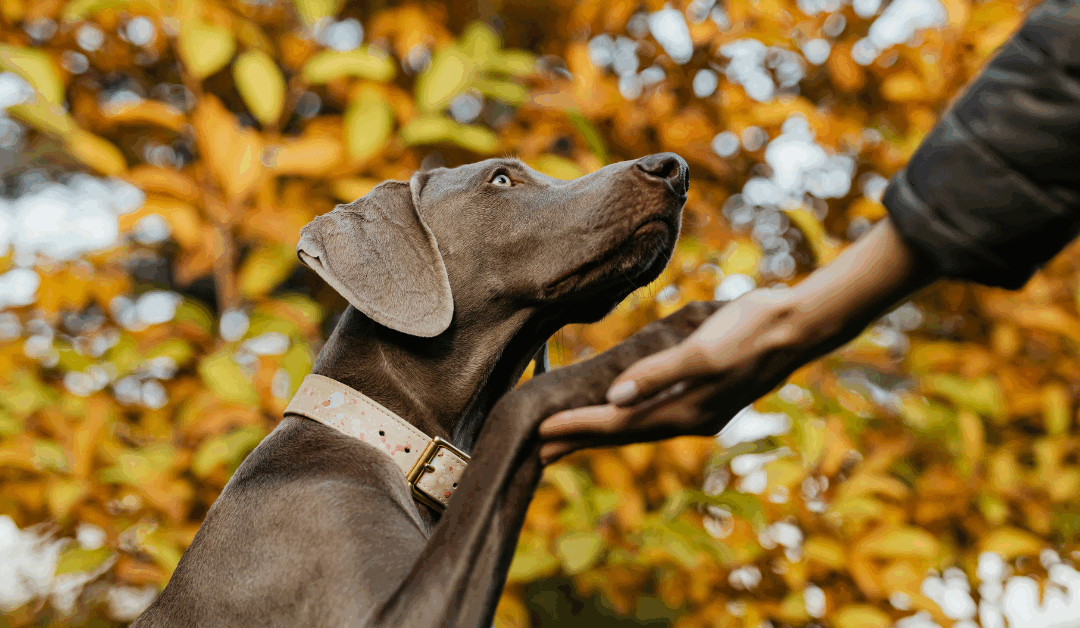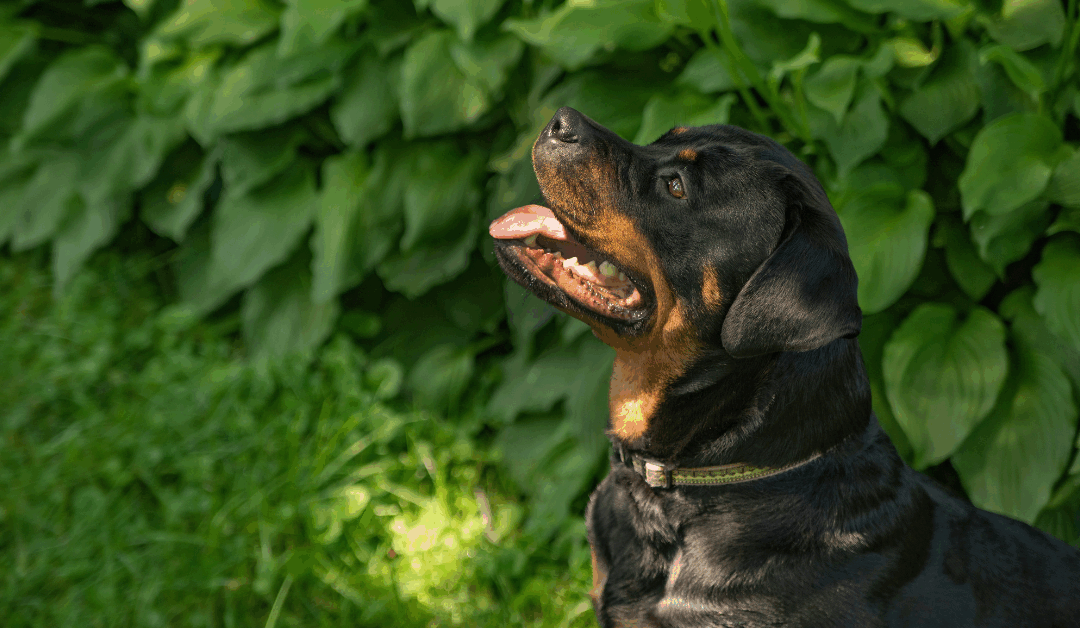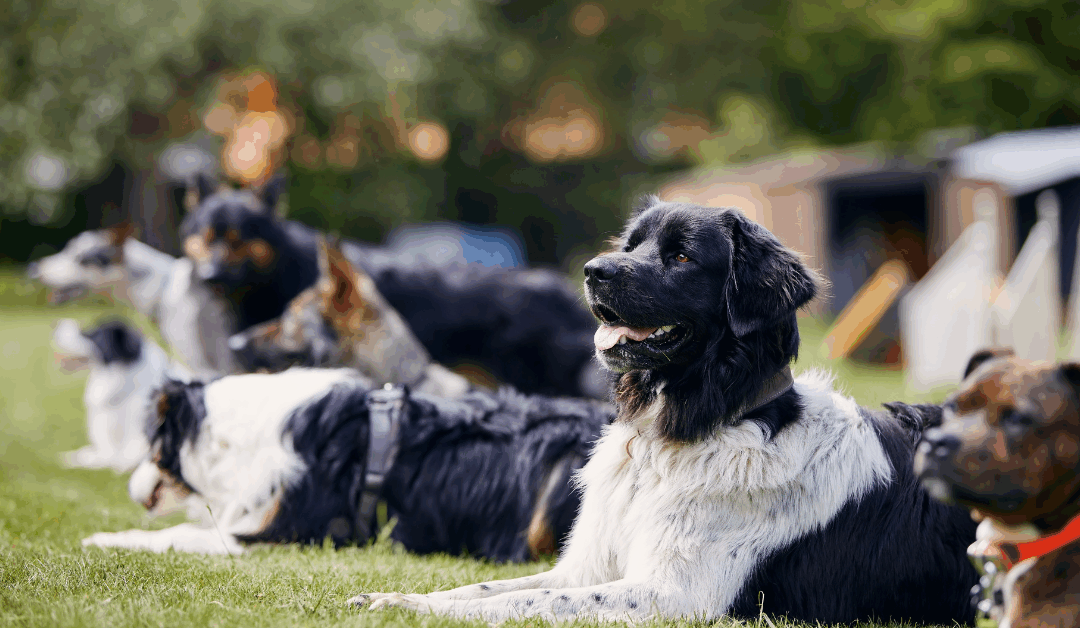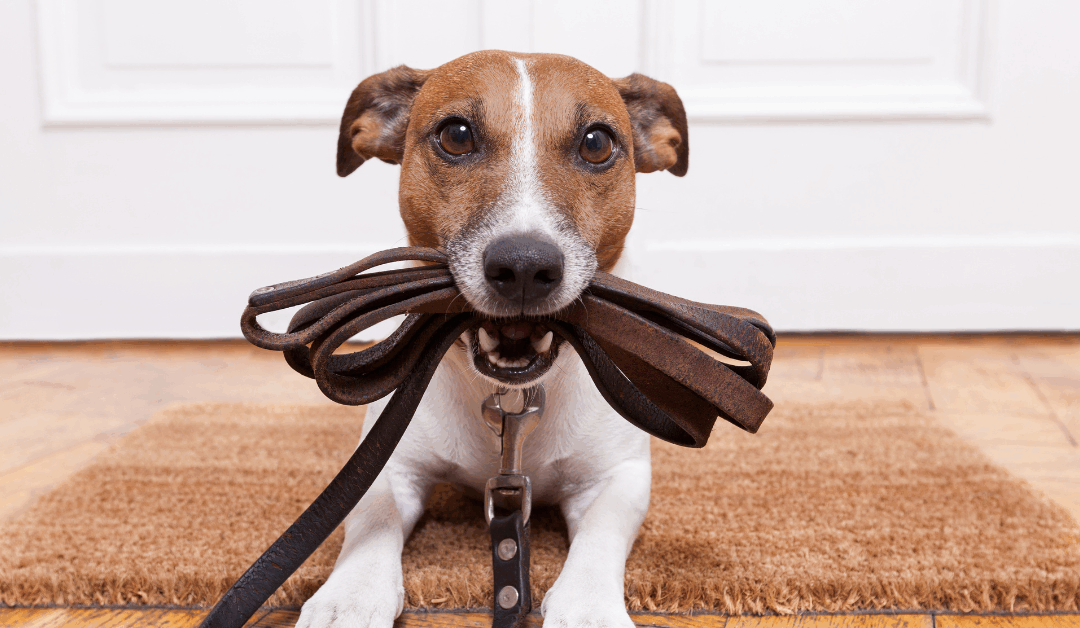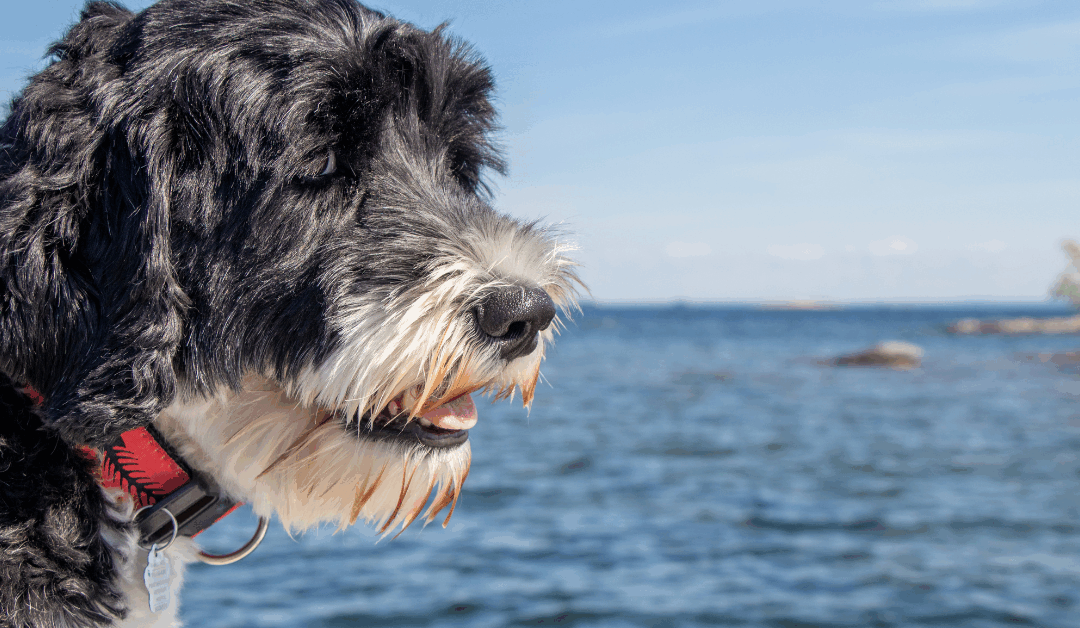Have you ever wondered why is my dog panting so much?
Dogs pant to regulate body temperature, so it’s normal for them to be panting heavily when they are hot, excited, or exercising. However, if your dog is panting excessively, it could be a sign of an underlying health problem. In this blog post, we’ll discuss the reasons why dogs pant and the potential causes of excessive panting and how to prevent them. By the end of this post, you’ll have a better understanding of why your dog is panting so much and what you can do about it.
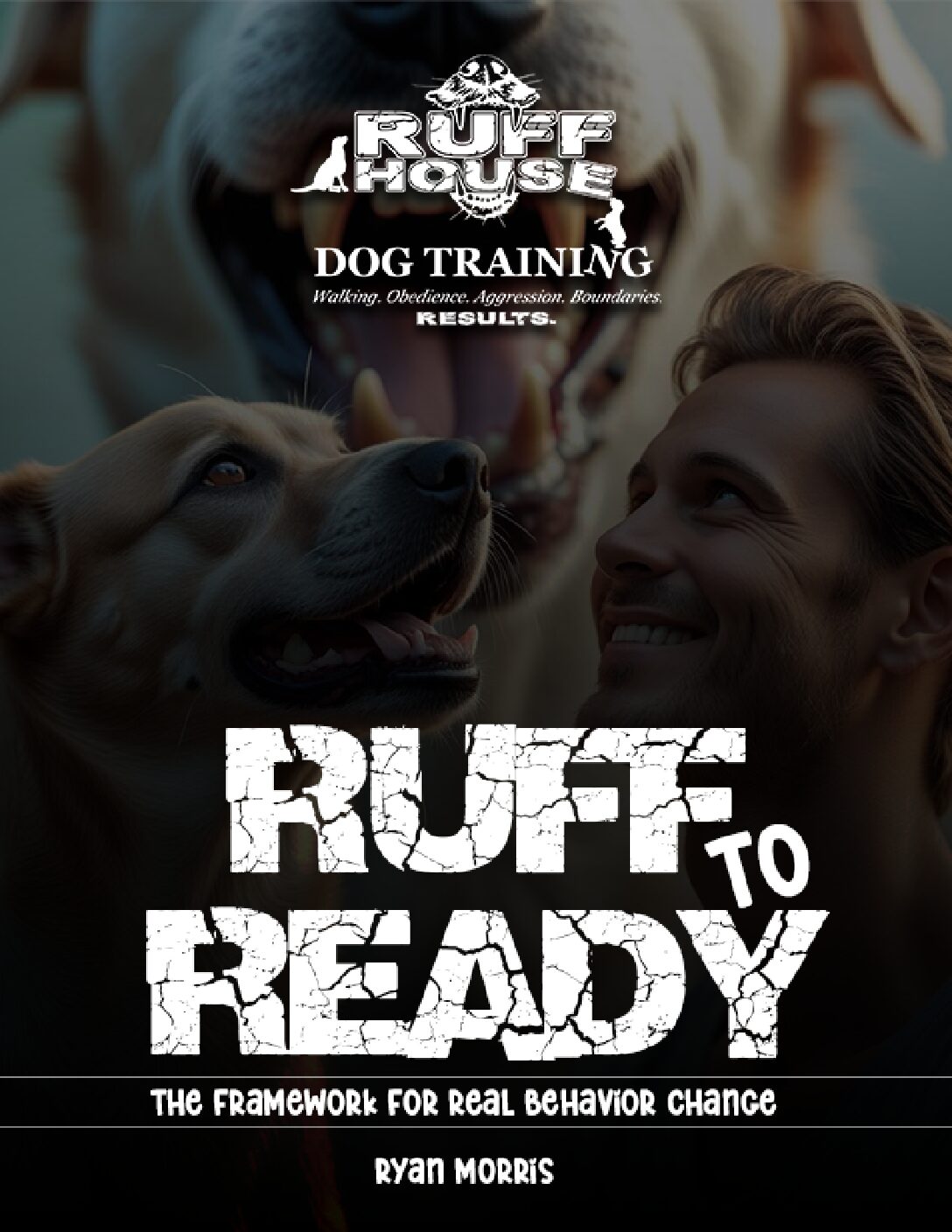
Unlock Real Behavior Change – Download Your Free Guide Now
"*" indicates required fields
Heatstroke:
Dogs can quickly overheat in hot weather, and panting is their way of cooling down. However, if the weather is too hot or if the dog is stuck in a hot, poorly ventilated area, it can lead to heatstroke. The symptoms of heatstroke include excessive panting, drooling, lethargy, vomiting, and collapse. To protect your dog from heatstroke, provide plenty of water and shade, and never leave your dog in a hot car or unventilated room.
Pain or Discomfort:
Dogs may pant excessively if they are in pain or discomfort. This can be due to an injury, an underlying medical condition, or even anxiety. If you notice excessive panting, check your dog for signs of injury or illness, such as limping, vomiting, or diarrhea. If you suspect your dog is in pain, take them to the vet to assess the problem and get treatment.
Obesity:
Just like humans, dogs can suffer from obesity if they eat too much or don’t get enough exercise. Excess weight can put stress on the dog’s heart and lungs, which can cause excessive panting. If you notice your dog panting excessively and they are overweight, you should schedule a consultation with your vet to discuss a diet and exercise plan.
Respiratory Problems:
Respiratory issues such as kennel cough, pneumonia, or asthma can lead to excessive panting in dogs. If your dog is coughing or struggling to breathe, take them to the vet immediately for diagnosis and treatment.
Aging:
As dogs age, their bodies change and they may begin to pant more often. This can be due to a decrease in activity levels, metabolic changes, or an underlying health condition. If you notice your elderly dog panting excessively and showing signs of lethargy, take them to the vet to assess their general health.
Signs I Need to Call My Vet About My Dog’s Panting

As a dog owner, it’s important to keep track of your pet’s overall health. One of the most obvious signs that something might be wrong is your dog’s excessive panting. While panting is perfectly normal for dogs, it’s important to understand when it might signal an underlying medical condition. Next, we’ll be discussing when you should call your vet about your dog’s panting and what they might suggest evaluating your furry companion’s well-being.
Abnormal Breathing Patterns
If your dog has noticeably labored breathing, it’s important to pay close attention to how they are breathing. If you notice abnormal breathing patterns, like shallow breathing or wheezing, it’s time to book an appointment with your veterinarian. These could be signs of respiratory distress, which could be caused by a variety of conditions, including infections, allergies, or even lung cancer.
Lethargy or Loss of Appetite
Another sign that your dog might be experiencing serious medical issues is lethargy or loss of appetite. If your dog is panting a lot but also seems to lack energy or interest in food, this could mean that they are experiencing illness or discomfort. These symptoms could be caused by issues like heart disease, organ failure, or even heatstroke. On the other hand, when dogs produce too much cortisol, they may drink water more and urinate more. If you notice any of these signs along with panting, it’s best to take your dog to the vet immediately.
Drooling or Vomiting
Drooling or vomiting along with heavy panting could be signs of something more serious going on with your furry friend. These symptoms could indicate that your dog is experiencing gastrointestinal issues or something more severe, like poisoning or internal organ damage. If you notice your dog panting and also showing symptoms like drooling or vomiting, call your vet right away.
Discoloration or Bluish Tint in the Gums or Tongue
Dogs’ gums and tongues can offer a lot of insight into their overall health, including whether or not they are getting enough oxygen. If you notice discoloration or a bluish tint in your dog’s gums or tongue, this could mean that they aren’t getting enough air. This could be caused by respiratory problems or a range of other underlying issues. If you notice these symptoms, take your dog to the vet as soon as possible.
Increased Panting and Play
While increased panting during play is relatively normal in healthy dogs, if you notice an increase in panting without significant exercise or activity, this could be a sign that something is wrong. Health issues like heart disease or cancer can cause excessive panting, so it’s important to keep an eye on whether or not your dog’s panting seems to be out of the ordinary. If you’re concerned, it’s best to book an appointment with your vet to make sure everything is okay.
Excessive or abnormal panting in dogs can be a sign of a range of medical issues, so it’s important to be vigilant about your pet’s overall health. If you notice any of the symptoms we’ve discussed in this post, including abnormal breathing patterns, lethargy or loss of appetite, drooling or vomiting, discoloration or a bluish tint in the gums or tongue, or increased panting without significant activity, it’s crucial to contact your veterinarian. Remember, early intervention can make a big difference in your dog’s well-being.
Understanding Why Your Dog is Panting Due to Anxiety
When we see our dog excessively panting, it can be a little bit alarming, especially if they are not exercising or exerting themselves. Sometimes, our dogs are just too hot or nervous, and panting is their way of regulating their body temperature. However, if the panting is accompanied by other signs of anxiety or fear, it could be more than just trying to cool down. Lastly, we will explore why your dog might be panting due to anxiety and how to address the underlying cause.
Reasons Why Dogs Pant Due to Anxiety
Anxiety can cause your dog to pant because of the way it affects their autonomic nervous system. This system is responsible for regulating things like heart rate, blood pressure, and your dog’s breathing. When your dog is anxious, their body goes into “fight or flight” mode, which triggers an increase in breathing rate to take in more oxygen. The panting is a way for your dog to regulate this.
Recognizing the Signs of Anxiety in Dogs
Panting is just one of many signs of anxiety in dogs. Other indicators include pacing, trembling, whining, excessive drooling, and avoidance. If you notice these signs, it’s essential to figure out what’s causing them and address it to help your dog feel more at ease.
Addressing the Underlying Cause of Anxiety
The best way to help your dog if they are experiencing anxiety is to address the underlying cause. Some common triggers include separation anxiety, loud noises, strangers, and new environments. If you know what’s causing your dog to feel anxious, you can work to minimize their exposure to the trigger or gradually desensitize them to it. In some cases, you may need the help of a professional dog trainer or behaviorist.
Tips to Reduce Anxiety in Dogs
In addition to addressing the underlying cause of anxiety, there are plenty of things you can do to help reduce your dog’s anxiety. These include:
1) Creating a comfortable and safe space for your dog, such as a crate or a cozy bed in a quiet room
2) Providing plenty of exercise and mental stimulation
3) Using calming scents such as lavender or chamomile essential oil
4) Playing soothing music or white noise to mask loud noises
5) Using calming supplements or medication as prescribed by your veterinarian
When to Seek Professional Help
If your dog’s anxiety is severe or interfering with their quality of life, it’s essential to seek professional help. Your veterinarian can rule out any underlying medical conditions and prescribe appropriate medication or treatments. If your dog’s anxiety is severe, you may need the help of a professional dog trainer or behaviorist who can create a personalized plan to help your pup.
Overall, panting due to anxiety is a common symptom of an underlying issue that needs to be addressed. By recognizing the signs of anxiety, addressing the underlying cause, and providing your dog with the right support, you can help them feel more comfortable and relaxed. If you’re unsure about what’s causing your dog’s anxiety, or if their anxiety is severe, don’t hesitate to reach out to your veterinarian or a professional dog trainer for help. Remember, your dog’s mental health is just as important as their physical health, and it’s up to us as their caretakers to ensure they feel safe and happy.
Excessive panting in dogs is more than an annoyance; it can be a sign of an underlying health issue. Understanding the reasons why your dog is panting excessively can help you take steps to prevent heatstroke, address pain or discomfort, manage obesity, treat upper respiratory tract problems and address other underlying issues. Always consult with your vet if you notice any changes in your dog’s behavior or health to ensure they are receiving the proper care and attention.

Ruff House Dog Training
If you think your dog’s panting is due to anxiety and they need to be socialized, Ruff House Dog Training can help your dog overcome social anxiety!

